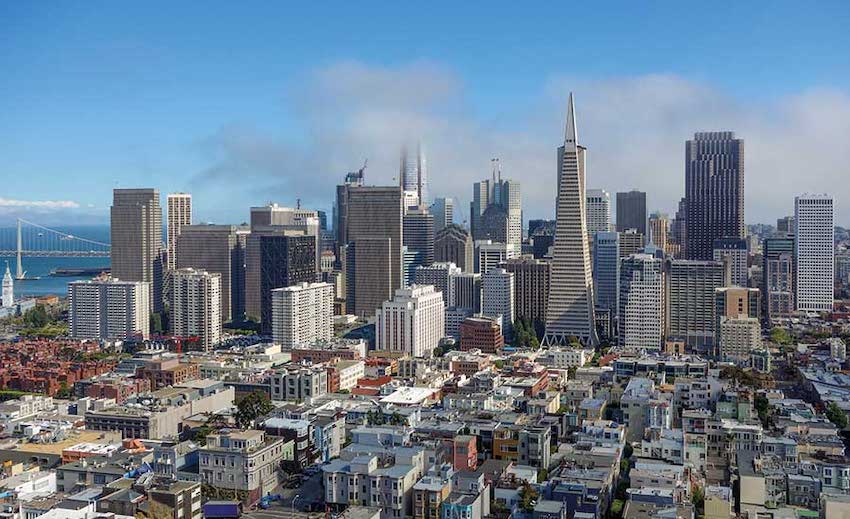Resilient Design: Creating a Built Environment Prepared for Climate Change
 1 AIA LU/Elective; 0.1 IACET CEU*; 1 AIBD P-CE; AAA 1 Structured Learning Hour; This course can be self-reported to the AANB, as per their CE Guidelines; AAPEI 1 Structured Learning Hour; This course can be self-reported to the AIBC, as per their CE Guidelines.; MAA 1 Structured Learning Hour; This course can be self-reported to the NLAA.; This course can be self-reported to the NSAA; NWTAA 1 Structured Learning Hour; OAA 1 Learning Hour; SAA 1 Hour of Core Learning
1 AIA LU/Elective; 0.1 IACET CEU*; 1 AIBD P-CE; AAA 1 Structured Learning Hour; This course can be self-reported to the AANB, as per their CE Guidelines; AAPEI 1 Structured Learning Hour; This course can be self-reported to the AIBC, as per their CE Guidelines.; MAA 1 Structured Learning Hour; This course can be self-reported to the NLAA.; This course can be self-reported to the NSAA; NWTAA 1 Structured Learning Hour; OAA 1 Learning Hour; SAA 1 Hour of Core Learning
Learning Objectives:
- Describe the lessons on land use and zoning to be learned from Hurricanes Harvey and Irma
- State three requirements of the Wildlife-Urban Interface Code
- List two strategies architects can employ to improve resilience after wildfire
- Detail the dual focus of San Francisco’s Office of Resilience and Capital Planning
This course is part of the Resiliency Academy
This course is part of the Resiliency Academy
Below are a set of links to building type studies from Architectural Record, which are in-depth analyses of particular kinds of buildings, with photos, drawings, specifications, detailed descriptions, and design solutions. Click on each link below, read the article then complete the quiz to earn your credit and certificate of completion.
Climate change is creating challenges across the globe. Hurricanes with their associated winds and flooding, wildfires, extreme heat or cold, and earthquakes are occurring more often and with greater intensity. The projects highlighted in this course show how communities are addressing these challenges and becoming more resilient in the process.
Reeling from Hurricanes Harvey and Irma, Architects Focus on Rebuilding and Resiliency
After two Category IV Atlantic hurricanes hit the United States in the same season, architects led, and continue to lead, efforts to build back better using resilient design principles.
Miriam Sitz
Architecture Studios Incorporate Resiliency into Their Designs
Architecture schools recognize the increasing effects of climate change on how cities are built and are taking steps to prepare the next generation to respond to future disasters.
Erin Hudson
California Towns Rebuild After Wildfires With Resilience in Mind
California Towns Rebuild After Wildfires With Resilience in Mind
Ravaged by wildfire, rebuilt towns will be made more resilient with stricter adherence to California’s wildfire-urban interface building code.
Pam Radtke Russell
Architects Bring Solar to Hurricane-Battered Puerto Rico
While it will take years to fully restore Puerto Rico’s electrical grid, one group aims to rapidly restore electrical service by installing permanent solar arrays on the island.
James S. Russell, FAIA
Study Outlines Quake Risk in San Francisco
A new report examines the potential impact of earthquakes on a large group of buildings higher than 240 feet.
Deane Madsen

Photo © Patrick Pleul / Picture Alliance / DPA / Newscom
 |
Founded in 1948, Construction Specialties (CS) is a specialty building products manufacturer. CS provides solutions to complex challenges architects, designers, building owners, facility managers, and contractors face every day. Since inventing the first extruded louver, CS has become a global leader in interior wall protection, impact-resistant doors, entrance mats & grids, expansion joint covers, architectural louvers & grilles, sun controls, explosion & pressure relief vents, cubicle curtains & tracks and stairs, awnings & balconies. CS draws upon extensive expertise to design high-quality products—many of which are Cradle to Cradle Certified™ Products Program. For more information please visit: c-sgroup.com |






